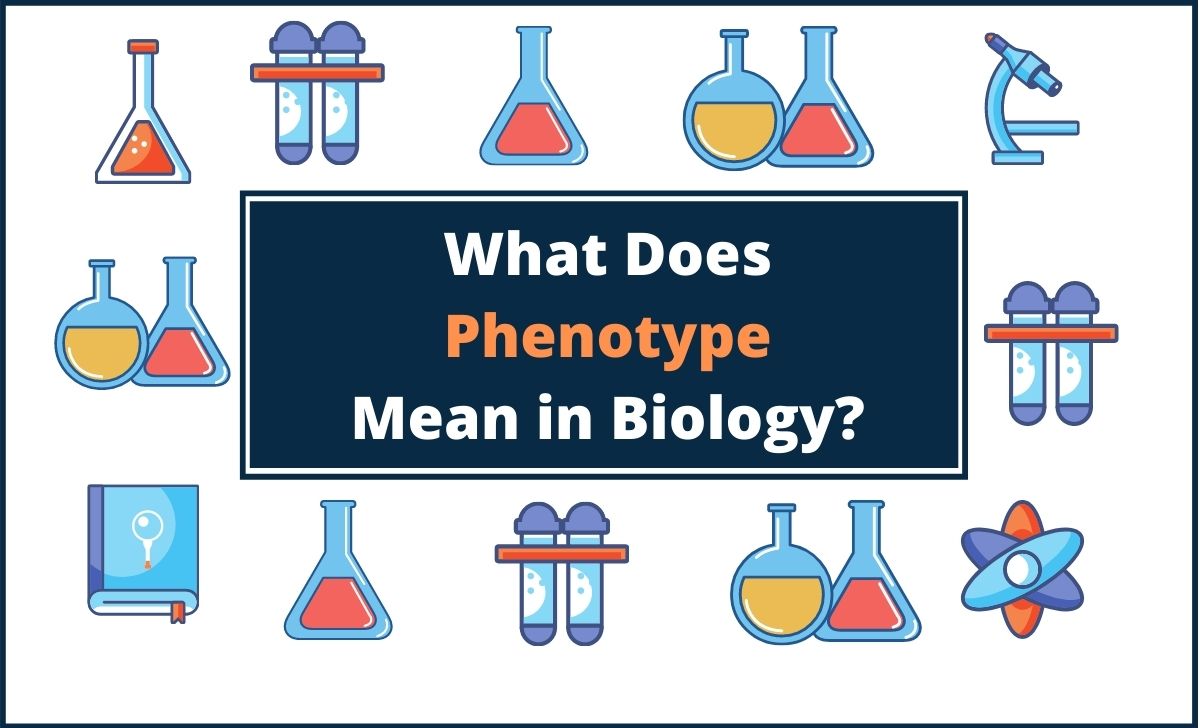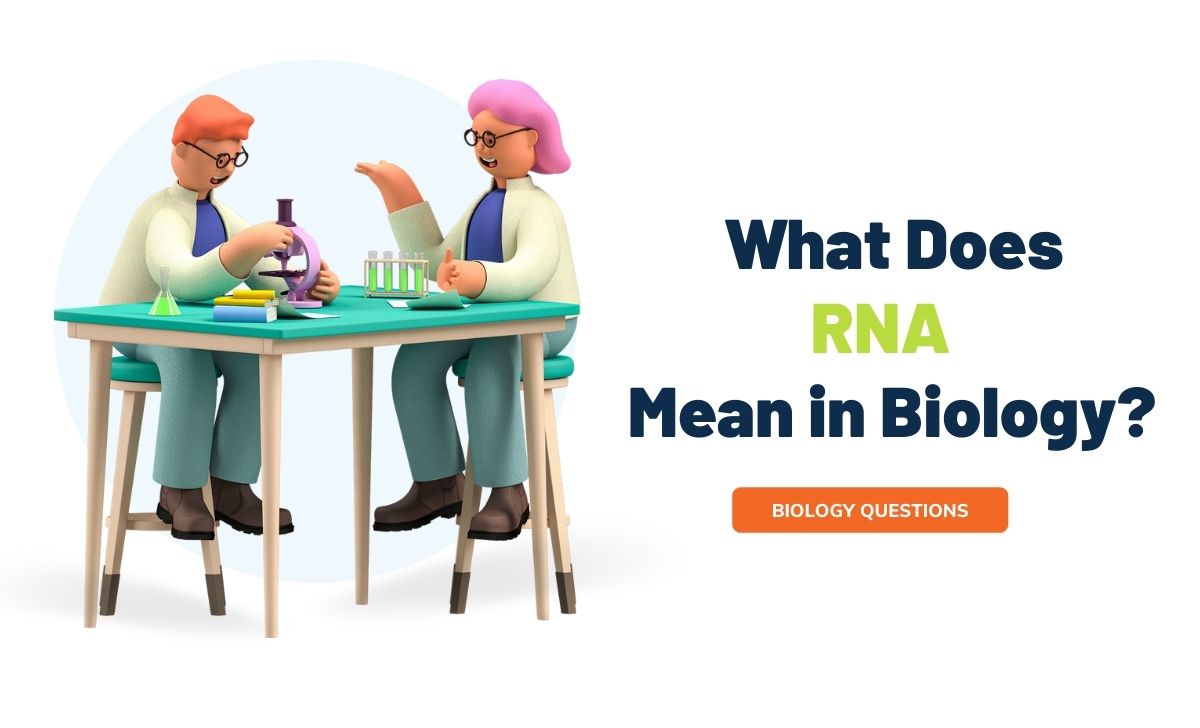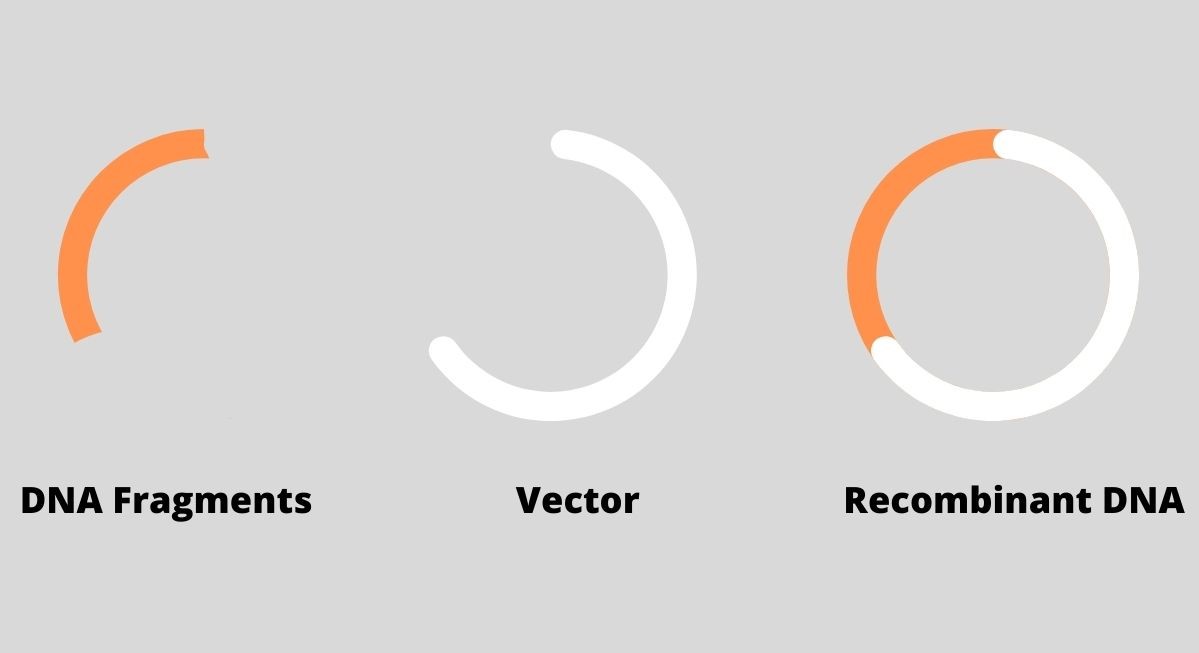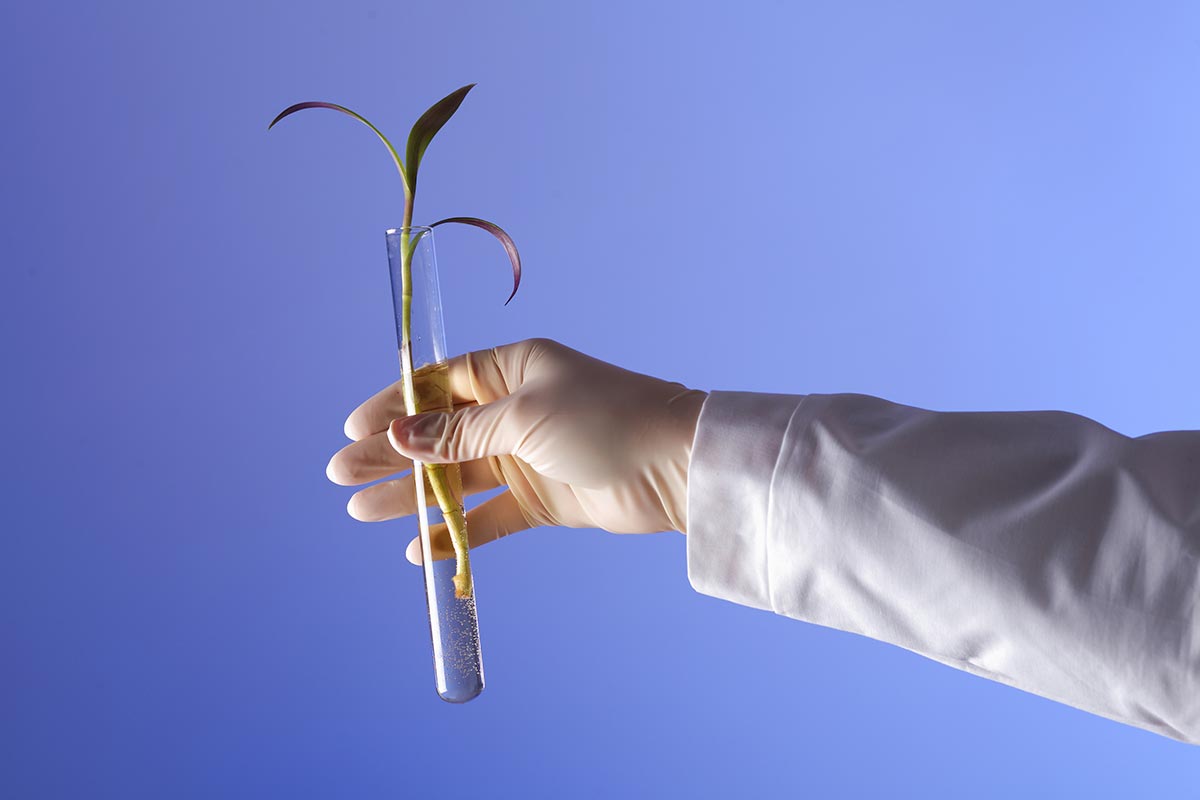RNA stands for Ribonucleic acid, which is a molecule similar to DNA. It helps in protein synthesis in the body, and this nucleic acid is responsible for producing new cells in the human body. RNA is usually obtained from DA molecules and resembles DNA. However, the only difference is that it has a single strand, whereas DNA has two strands.
However, ribonucleic acid consists of only a single ribose sugar molecule in it, and so it is known as ribonucleic acid. It is also referred to as an enzyme as it facilitates chemical reaction processes in the body.
Basic Structure of RNA
RNA has all the components same as the DNA with two chief differences. One is it has the same nitrogen bases known as Adenine, cytosine, guanine as that of DNA except for Thymine that is replaced by uracil.
Uracil and Adenine are considered major building blocks of RNA, and both of them form a base pair with two hydrogen bonds. It resembles a hairpin-like stricture and like the nucleotides present in DNA. Nucleotides are the phosphate groups that sometimes help in nucleotides production in DNA.
Functions of RNA!
The RNA is composed of nucleic acid, which is involved in various functions within the cell. These are found in living organisms, including viruses, plants, animals, and bacteria. The functions of RNA includes:
- RNA functions as an adapter molecule in protein synthesis.
- RNA serves as a messenger between ribosomes and DNA
- It promotes the ribosomes to choose the suitable amino acids
- It facilitates the translation of DNAs into proteins
- RNA is the genetic information carrier in all living cells.
With this many functionalities, RNA is of different types. Let us get familiar with the RNA types.
RNA types
1. tRNA: tRNA stands for transfer RNA responsible for choosing the suitable amino acids or proteins required by the body. tRNA is located at the endpoints of each amino acid and is also known as soluble RNA. tRNA also forms a link between the amino acid and messenger RNA.
2. rRNA: rRNA stands for Ribosomal RNA, which is the component of the ribosome. These are located within the cell’s cytoplasm. rRNA plays a fundamental role in the translation and synthesis of mRNA into proteins.
3. mRNA: mRNA stands for Messenger RNA, which functions by transferring genetic material into ribosomes. It also passes the instructions about the protein types. Messenger RNA is known as Messenger RNA based on its functions, and it plays a fundamental role in transcription’s process or curing protein synthesis process.
READ ALSO – BIOLOGY QUESTIONS











